
FR
/
EN
Introduction
-
Inspirations
-
Legends in love
-
Contemporary creations
-
Historic pieces
-
Visit
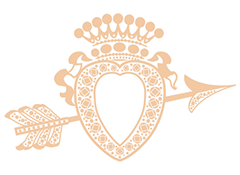
Legends in love
Confidant to legendary romances from the virtuous to the clandestine, Chaumet has immortalised myriad love stories and the gifts that accompanied them since 1780.
Emperor of emotion
Napoléon loved his Joséphine passionately, and so indulged the Empress’s insatiable appetite for jewellery. She appointed Nitot, founder of Chaumet, as her official jeweller in 1805. He was also her accomplice when it came to obtaining payment for her many purchases; when Nitot visited Malmaison to collect his dues, Joséphine would keep him out of sight while she used her womanly charms to persuade the Emperor to settle her bill.
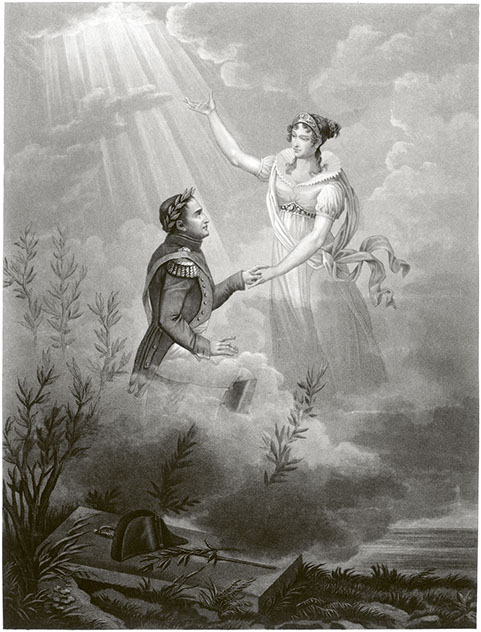
Napoléon welcomed into Heaven by Joséphine,
etching, circa 1830 © RMN-Grand Palais
(Musée des châteaux de Malmaison et de Bois-Préau) Daniel Arnaudet

NAPOLÉON TO JOSÉPHINE
Nice, 10 Germinal, Year IV (30 March 1796)
"Not a day have I spent without loving you; not a night have I spent without embracing you in my arms;
not a cup of tea have I taken without cursing the glory and ambition that keep me far away from the soul of my life.”
A romance made in Hollywood
Errol Flynn first met French movie star Lili Damita aboard the cruise ship Paris en route to New York. She fell for the charms of the Australian-born actor, art collector and ladies’ man. The pair wed in 1935. Although the marriage only lasted seven years, for a time they were a golden couple in the golden age of Hollywood. Damita had worked with Cukor, Lubitsch and Ophüls; Flynn now made a name for himself as the star of adventure films by Michael Curtiz - who incidentally was Damita’s first husband. The screen diva commissioned a series of bracelets and a fine pearl necklace among other pieces from Chaumet.
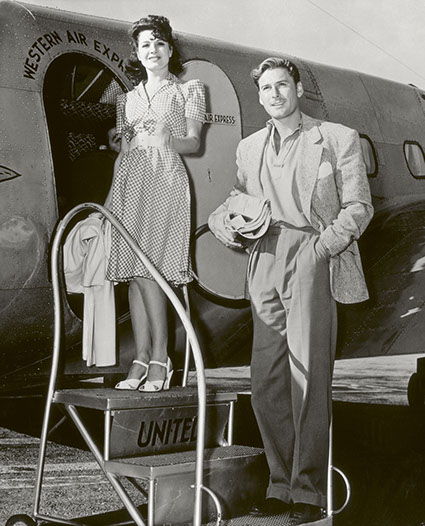
Lili Damita and Errol Flynn, 1942
© Hulton Archive / Getty Images
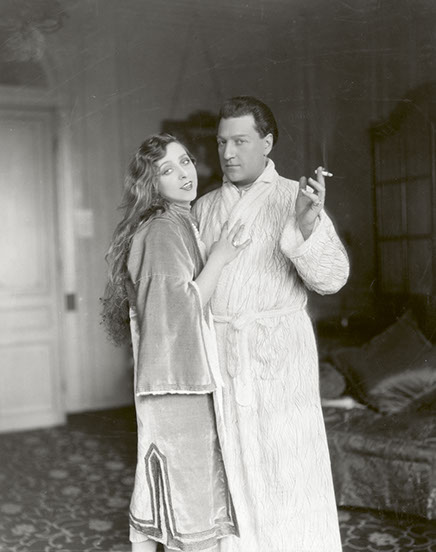
Yvonne Printemps and Sacha Guitry, 1929
© Sasha / Getty Images
Sparkling legacy
Yvonne Printemps was a French lyrical soprano and actress who became the second wife of director and playwright Sacha Guitry in 1919. Although they would divorce in 1932, their years spent together in Europe and the U.S. yielded a prolific artistic collaboration. Printemps was a free spirit with a sunny disposition; Guitry brought drama with him on every visit to Chaumet. The marriage left a sparkling legacy of some of the finest jewellery of the period. A stylish dandy of the day, Guitry indulged in glittering accessories. His wife’s favourite gift from him was an Art Déco bracelet set with a 111 carat emerald cabochon, dating from 1924.
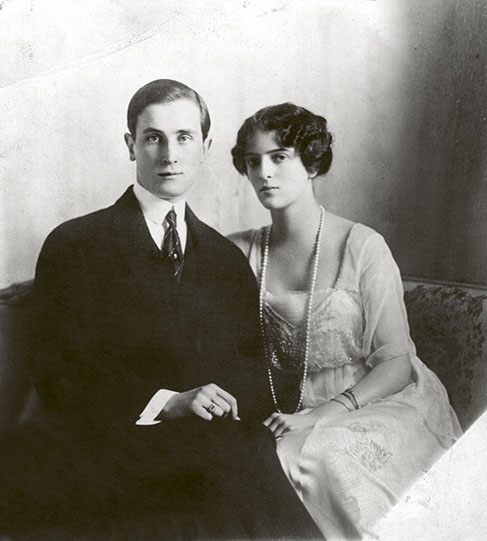
Prince and Princess Yusupov, 1914
© Hulton Archive / Getty Images
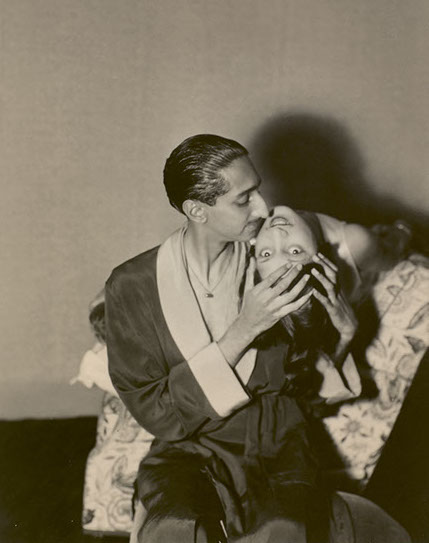
Maharaja and Maharani of Indore by Man Ray, 1927
© MAN RAY TRUST / Adagp, Paris, 2015
Avant-garde
Star-crossed lovers
To mark his accenssion to full powers in 1911, the Maharaja of Indore Tukoji Rao Holkar III acquired from Joseph Chaumet a pair of diamonds weighing 47 carats each. He subsequently had the jeweller set the gems on a négligé necklace, so named for its characteristic asymmetrical tie motif. The maharaja’s son and successor Yeshwant Rao Holkar II inherited his father’s devotion to Western culture, modernism and Chaumet. The young maharaja married Maharani Shrimant Akhand Sahib Soubhagyavati Sanyogita Bai Holkar in 1924. This golden couple were esteemed patrons of the Parisian jeweller as well as the European artists Man Ray, Ruhlmann, Gray and Boutet de Monvel.
A magnificent couple, the story of Irina of Russia and Felix Yusupov is pure romance. She was a niece of Tsar Nicholas II; he was to plot Rasputin’s assassination in 1916. Upon their engagement in 1914, Chaumet assembled a corbeille de mariage in record time using some of the finest gems of the 19th century, including the Polar Star diamond. The princes fled Russia for Paris in 1917, leaving behind most of the family jewellery, which was subsequently requisitioned by the State.
Download